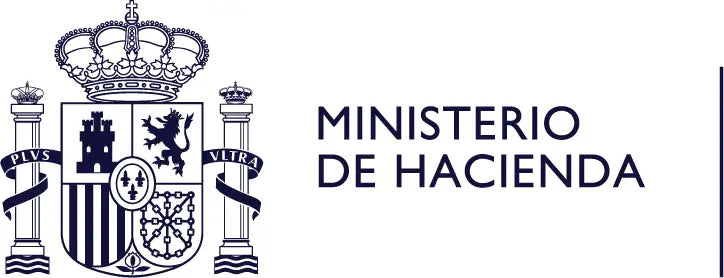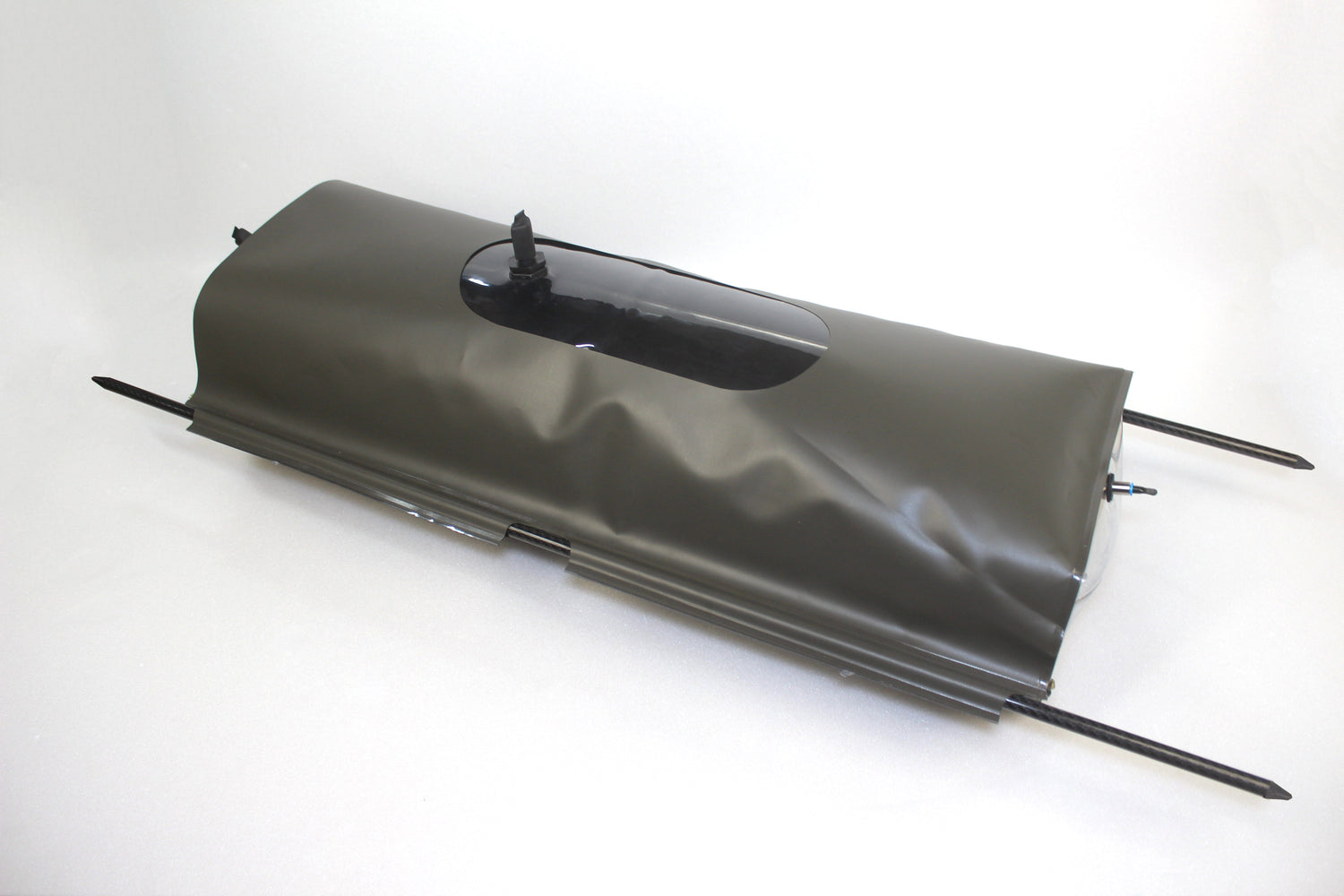
At FUEL BLADDER FACTORY, we design and manufacture advanced flexible fuel tanks (bladders) that redefine the way unmanned aerial vehicles (UAVs) manage space, weight and performance.
A flexible UAV tank is a lightweight, flexible fuel container designed to optimise every cubic centimetre of available space inside a drone. By adapting perfectly to the shape of the UAV's internal structure, our tanks help maximise fuel capacity, enabling longer missions, greater efficiency and superior reliability.
How They Work and Why They Are Important
-
1. Main Features
The great advantage of our flexible tanks lies in their ability to expand and contract freely according to the volume of fuel inside the tank. This means that the tank continuously adapts to the amount of fuel remaining, preventing dangerous fuel sloshing during flight manoeuvres.
-
2. Space-Saving Design
Thanks to their flexible construction, the tanks fit perfectly into tight or irregular spaces within the UAV's fuselage or wings—a significant advantage over rigid tanks. When empty, they can be completely collapsed, simplifying storage, installation, and transport.
-
3. Increased Fuel Capacity
Their adaptable design allows UAVs to carry more usable fuel without adding unnecessary weight or compromising aerodynamics, a key factor in achieving greater flight range.
-
4. Exceptional Durability
Manufactured from high-performance, fuel-resistant materials, our tanks withstand high temperatures, vibrations, UV exposure and chemical corrosion, ensuring reliability in the most demanding environments.
-
5. Operational Specifications
Flexible tanks are not pressure vessels and should never be operated under internal pressure. Each tank is tested under controlled low-pressure conditions—submerged in water—to detect possible leaks before final quality validation.
-
6. Total Adaptability
Every UAV is unique—that's why we offer custom designs in size, shape, and connections, tailored to the specific requirements of each mission. For each new project, we manufacture a 3D-printed model of the customer's fuselage in order to optimise the design and ensure maximum fuel capacity.
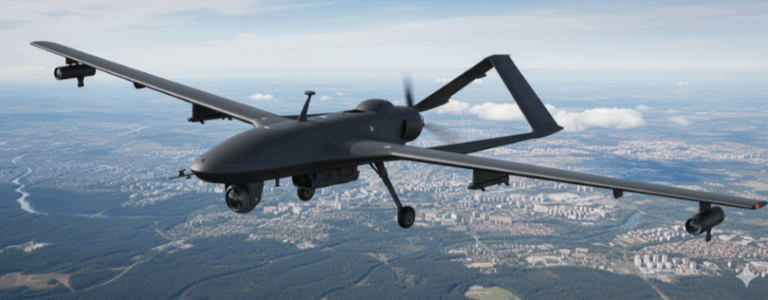
Military and Tactical UAVs:
Extend operational range in surveillance and reconnaissance missions.
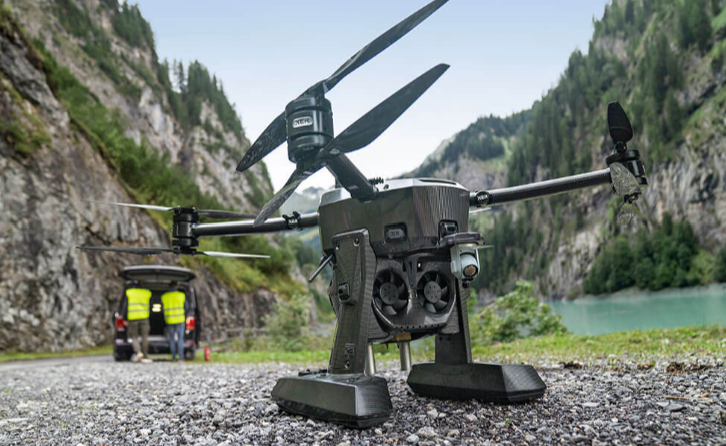
Commercial and Civilian UAVs:
Support long-range deliveries, aerial mapping, and remote inspections where autonomy is essential.
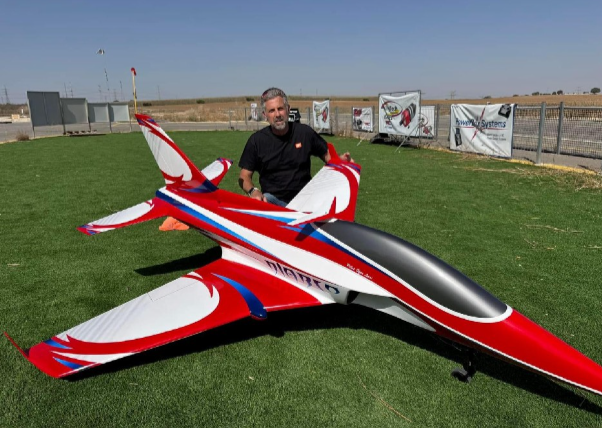
RC Aircraft Models:
Designed for large aerobatic aircraft that require maximum performance and minimum weight, while also preventing the risk of air bubbles entering the turbine fuel system.
